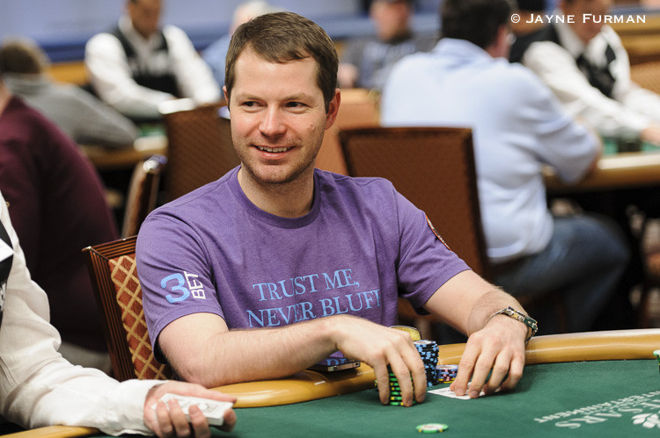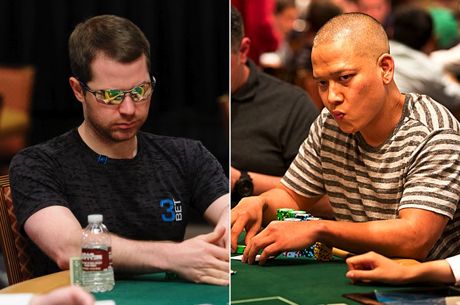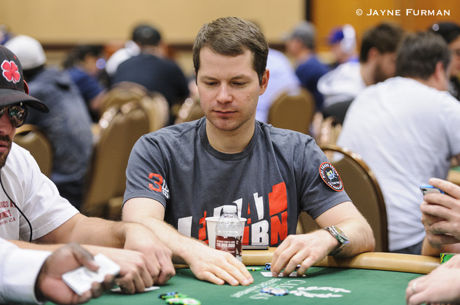Responding to Weakness: When the Preflop Raiser Checks Behind on the Flop

This week we head back to the same World Series of Poker event from last summer — Event #25: $5,000 No-Limit Hold’em Eight Handed — from which I’ve drawn my last couple of hands to analyze, a tournament which I managed to make the final table (finishing sixth).
We’re back near the end of Day 1 by which point I’ve built up a decent-sized stack, as has my good, tight-aggressive opponent in this hand.
When you call a raise from out of position and the preflop raiser checks behind on a middle-card flop, it usually indicates that the preflop raiser either has a hand with marginal showdown value, such as a low pair or ace-high, or nothing.
However, occasionally players will check behind with hands like top pair to induce their aggressive opponents to bluff with a wide range that they would typically fold to a standard flop continuation bet.
Unfortunately for me, my opponent assumed I was aggressive and would attack weakness on a middle-card board. He was right — take a look:
In this scenario, I think my opponent played the hand especially well. Checking behind on the flop with a reasonable hand is a good play against someone who is aggressive (as I was here).
How would you have played this hand, either from my position or from my opponent’s? Let me know in a comment below.
Jonathan Little is a professional poker player and author with over $6,200,000 in live tournament earnings. He writes a weekly educational blog and hosts a podcast at JonathanLittlePoker.com. You can follow him on Twitter @JonathanLittle.
Want to stay atop all the latest in the poker world? If so, make sure to get PokerNews updates on your social media outlets. Follow us on Twitter and find us on both Facebook and Google+!









